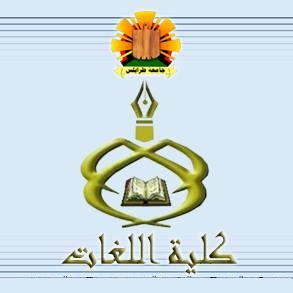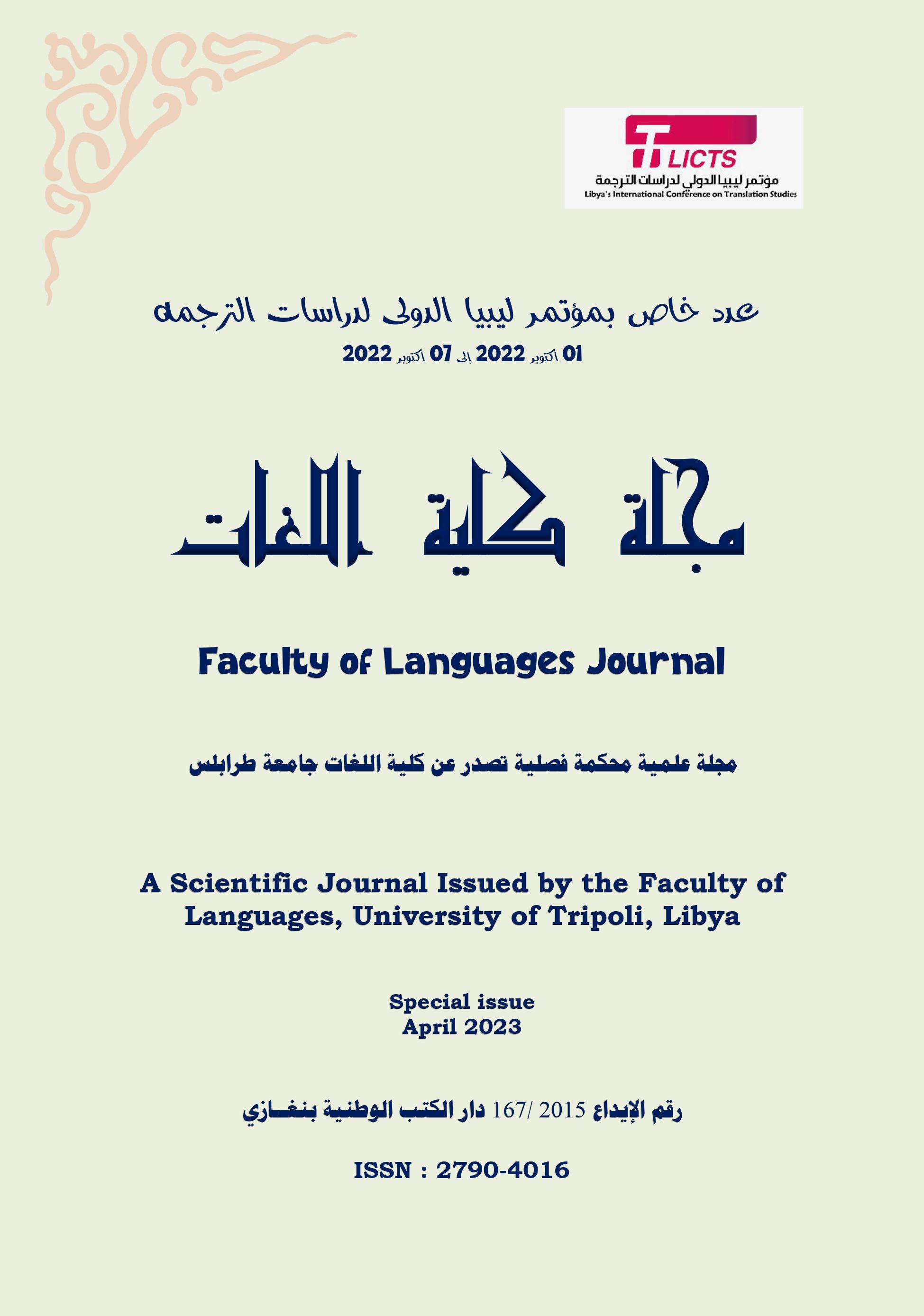Cultural Obstacles in Literary Texts Translation: The Case of the Arabic Translation of Shakespeare’s Hamlet
Mots-clés :
Culture, Literary texts, Literary translationRésumé
Literary translation may be one of the primary methods for communicating across cultures since literary works exhibit various linguistic qualities along with cultural and social characteristics of human existence. Translation is seen as a method of cultural transmission that entails more than just looking for semantic equivalence. Translators must thus analyze the linguistic and cultural characteristics of language along with discourse-related factors and be attentive to how these ideas are expressed in various cultural contexts. The translator is frequently conflicted between the aesthetic appeal and cultural elements of both the ST and the TT, since literature is typically seen as a cultural image of societies and a reflection of populations. The current research looks into literary translation from English to Arabic in order to better understand these ob-stacles. It makes an effort to pinpoint the fundamental difficulties that translators con-front while concentrating on the various methods they employ to deal with these issues through the translation of "Hamlet" by William Shakespeare. This study compares the stylistic elements of an original text with those of its translation into a different lan-guage. This basically entails recognizing language and cultural distinctions as well as translation approaches to determining the methods the translator most usually em-ploys.



